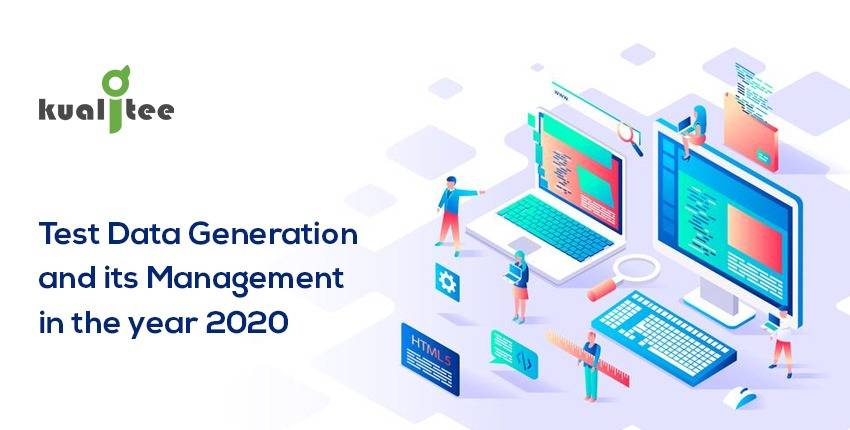Organizations are adopting AI-based tools and processes for smarter, more effective, and more efficient testing. Going into 2020, this adoption is expected to increase among businesses as a whole. Test data management has always been a crucial part of the SDLC. Traditional test data management strategies focus only on moving data while the data itself is overlooked during the requirements and design phase of a project.
Test data needs to be provisioned continuously to the teams and refreshed during each sprint. Instead of masking production data, automated synthetic test data generation should be used with the characteristics of production but with no sensitive content, to systematically and quickly create all the data needed for testing. Data is reusable and does not become redundant with new releases. Meaning that testers have all the data they need to execute 100% of possible tests, on-demand! See here you can ensure teams have what they need when they need it to deliver quality software quickly.
Organizations can handle this and make better decisions only when they get to integrate and analyze test and production monitoring data successfully. Quality test data management enables efficient testing that guarantees ROI (Return on Investment) and mitigates operational business risk, reduces development and maintenance costs and delivers effective and timely systems to the business. The detailed insights given into possible risks for a successful project promotes the effectiveness and control of test data management.
Solutions in 2020 need to focus on these bottlenecks and create test data management for agile testing:
- On-Demand Data: The test data needs to be generated on-demand in real-time for each tester. This reduces the wait time of weeks or days for test data to just minutes.
- High-Quality Test Data: Testers need to easily generate small, efficient, test data to meet each test case. This reduces the wait time to kick off each test case.
- Decentralized (Self-Service) Process: Any tester can generate the test data they need on their local machine. This significantly saves costs as companies no longer need resources to manage test data.
This is where Test Data Generation (TDG) comes into play. Imagine the ability to specify any kind of test data needed for any kind of test case. Now imagine you can provision that test data on-demand, for any data format, in any volume, at a rate of 10,000 rows of test data per second.
This is the promise of TDG, poised to fall in the race to achieve continuous integration, testing, delivery and deployment with maximum quality and security. By integrating TDG with test automation and test case management tools, CI/CD pipelines, DevOps and QA professionals can work together to maximize throughput with test data that is secure, accurate, controlled, consistent, complete, and fast.


























